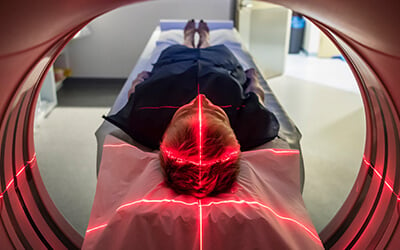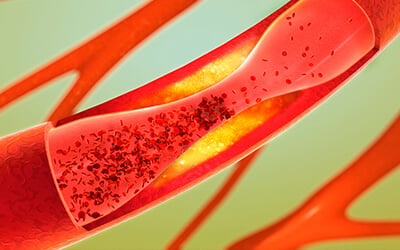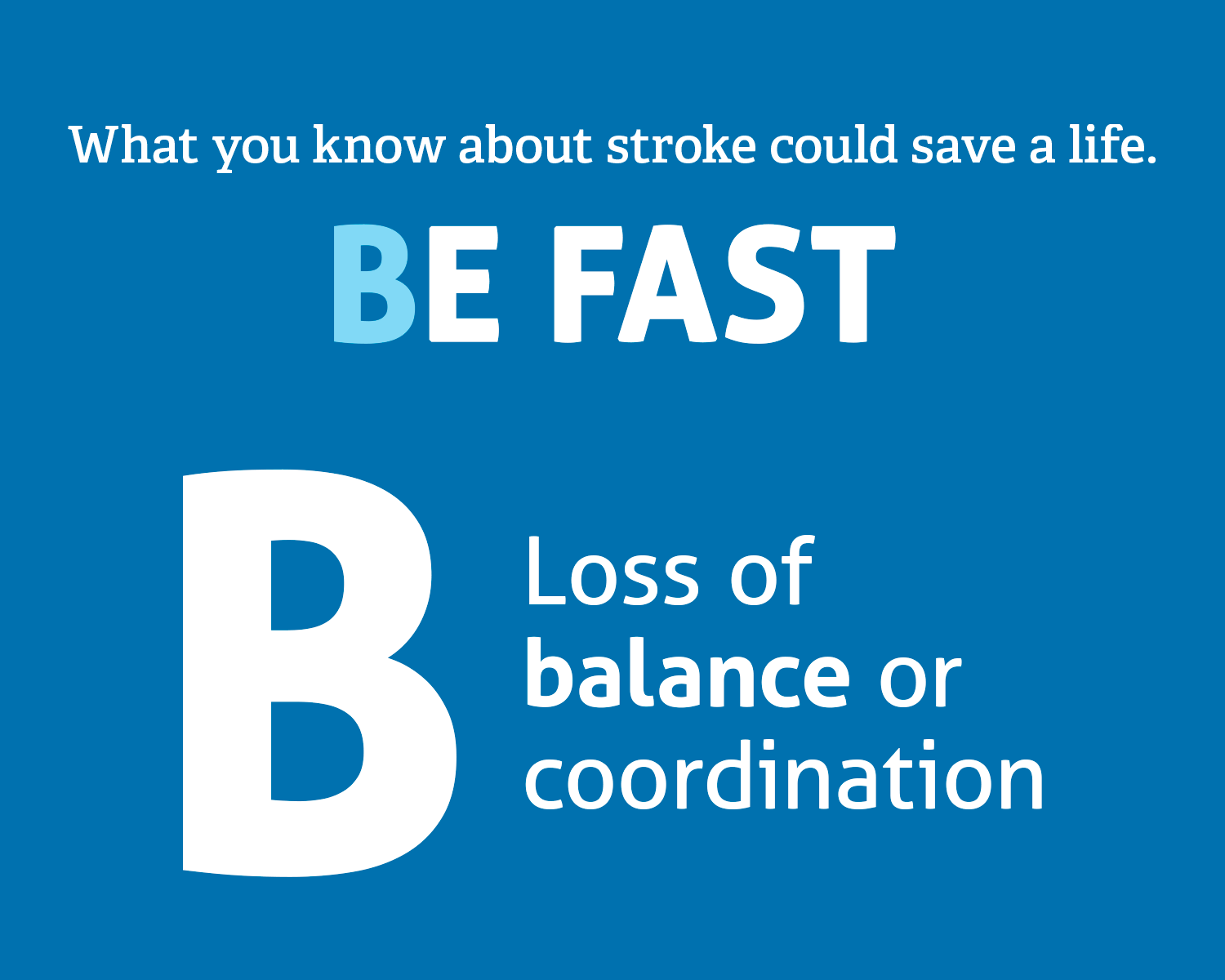Cerebrovascular at OhioHealth
Known Nationally and Internationally for Cerebrovascular Care: We are consistently among the first to use leading-edge cerebrovascular treatments and technologies.
At OhioHealth, our cerebrovascular experts are among the first nationally and internationally to adopt and perfect leading-edge cerebrovascular treatments and technologies to treat patients with stroke, aneurysm or cerebrovascular abnormalities.
Our cerebrovascular services for stroke and aneurysm patients include:
- Coiling and other treatments for brain aneurysms
- Embolization for brain arteriovenous malformations and dural fistulas (poorly formed blood vessels)
- Refracting nose bleeds
- Spinal vascular abnormalities
- Stenting of carotid artery disease in the neck and brain
- Stroke intervention
- Tumor embolization

Neurointerventional Radiology
OhioHealth neurointerventional radiologists play a critical role in the care and treatment of patients with cerebrovascular disease, using a variety of leading-edge treatments — all of them minimally invasive and many of which they themselves pioneered.
What Is Neurointerventional Radiology?
Interventional Radiology uses minimally invasive image-guided procedures to diagnose and treat cerebrovascular, cardiovascular and peripheral vascular conditions without surgery. Interventional radiologists use fluoroscopy, CT scan, ultrasound and MRI to guide tiny catheters and wires through the body's vascular system to deliver treatment to specific areas of the body.
Many conditions that once required open surgical procedures are now treated by interventional radiologists. This means less risk, less pain and less recovery time for patients.

For Stroke
We were first in Ohio and second in the country to use the Solitaire FR Revascularization Device, an innovation that doubles the chances of surviving a severe stroke compared to the next best option.
We were first in the world to use the Solitaire 2, the next generation of Solitaire, and we're using other leading-edge systems, such as the Trevo II clot retriever.
We pioneered use of the MERCI Clot Retriever, a corkscrew-like coil, to remove some ischemic stroke clots, oftentimes instantly reversing the course of a stroke.
For Aneurysm
Coiling: We use coiling devices (as many as 500 different kinds) to embolize aneurysms — that is, block the flow of blood and prevent the aneurysm from rupturing. The minimally invasive treatment can also be used after a rupture.
Clipping: We use Integrated Cerebrovascular Fluorescence in aneurysm clipping, which is used to prevent leakage or rupturing of a blood vessel. The technique allows the surgeon to view cerebrovascular blood flow and immediately assess whether clipping of the aneurysm is complete or not.
Gluing: We use Onyx® HD-500, a liquid embolic agent, to treat complex aneurysms. The minimally invasive treatment was granted a Humanitarian Device Exemption by the FDA. At OhioHealth Riverside Methodist Hospital, our interventional radiologists also use Onyx 18 and Onyx 34, which are FDA approved for the treatment of vascular malformations.
